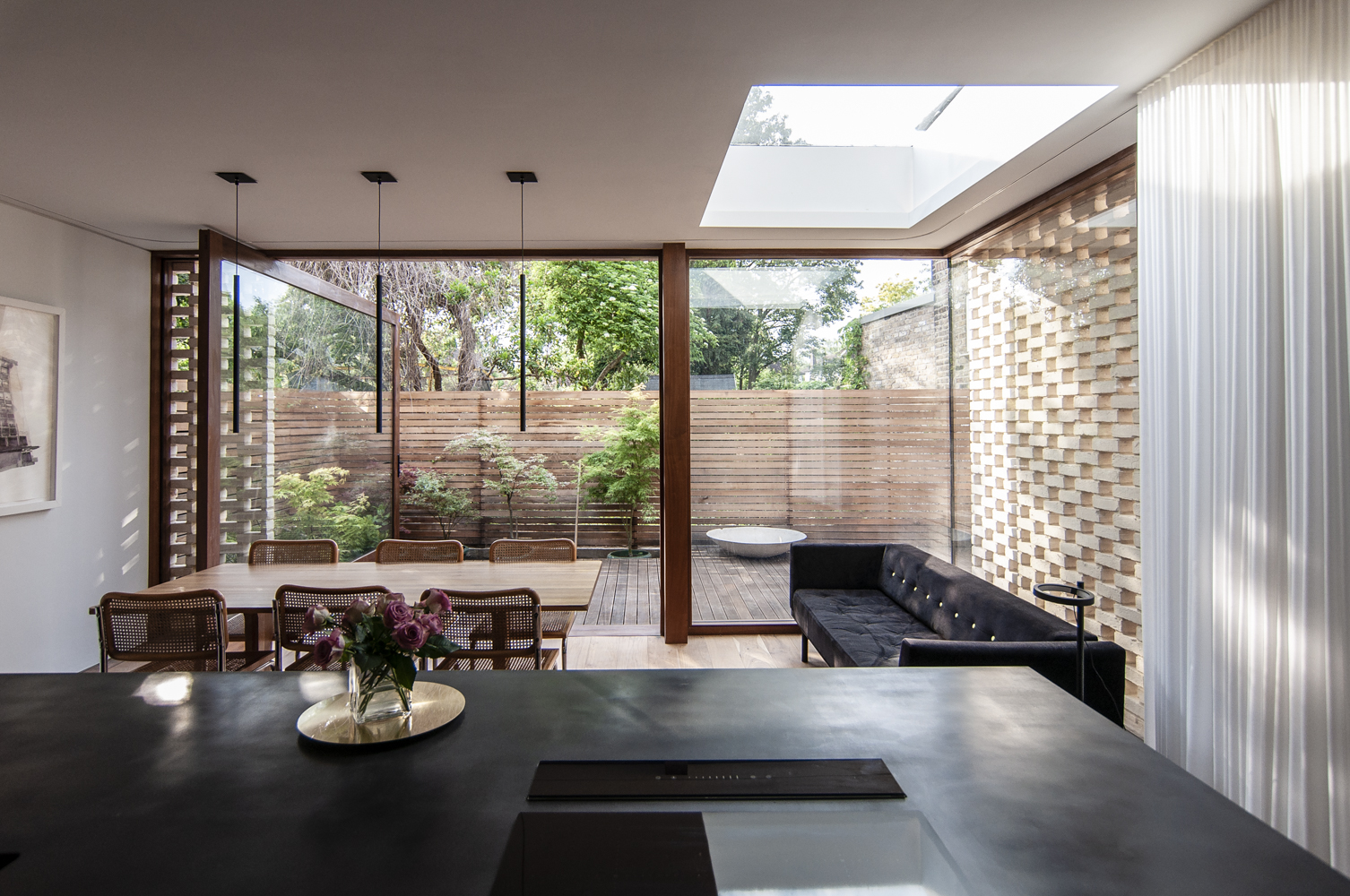How long does a planning application take?
Whether you are proposing an extension, loft conversion or new build, planning permission usually takes eight weeks to be granted, unless your application is ‘unusually large or complex’, in which case the deadline can be extended to 13 weeks.
Design above by Ash, architect from Lambeth, London. Click here to see more and shortlist them for your home project.
Speeding up the planning process
Unfortunately, the eight-week window the council have to grant your application is the bare minimum, and it’s common for the planning phase to drag on, sometimes for months if you’re not careful! We’ve put together some common pitfalls that can cause long delays, often completely unnecessarily. So we highly recommend taking note of these points before you do anything else;
1. Do you even need planning permission for your extension (or other home project)?
When it comes to common home extension projects, it’s very possible that you do not need planning permission at all if your proposals comply with ‘permitted development’ rights. Read more here to see if your extension qualifies: https://designfor-me.com/project-types/extensions/how-big-can-i-build-an-extension-without-planning-permission/
2. Validation
How long does it take for the council to validate a planning application?
Before the eight-week timeframe kicks in, the council first needs to validate your application. It could take a couple of days or even a couple of weeks for the council to validate a planning application and this usually depends on whether they have all the correct information they need from you. There are a few common reasons why the validation process can take a long time, and therefore delaying the whole process even before the eight-week clock starts ticking:
Which planning form do you need for an extension or home project?
For home extension and renovation projects, it’s a common mistake to use a ‘Full Planning’ application form instead of a ‘Householder’ one. Householder applications are more simple and straightforward for single, privately owned houses. Typical projects that require a ‘Householder’ application are extensions, loft conversions, conservatories, dormer windows, alterations, garages, outbuildings, swimming pools, walls, fences, vehicular access and porches. However, if the house is divided up into flats, or your proposal is to divide a house up into flats, a ‘Full Planning’ application would be needed instead.
What drawings do you need for a homeowner planning application?
It’s important to check that you submit all the drawings required to the local council so they can process your application. These include:
- Location plan showing where the site is by outlining the site in red – 1:1250 or 1:2500
- Existing and Proposed Block Plan (scale 1:500)
- Existing and Proposed Floor Plans & Elevations (normally to scale of 1:50 or 1:100)
Do you live in a conservation area?
If so, you will need to get conservation area consent alongside planning permission for any demolition work. There is no updated/maintained resource showing all conservation areas in the UK, so the easiest way to find out if you live in a conservation area is to search for search for ‘conservation areas in [your local authority]’. Here is our simple guide to planning permission in a conservation area.
3. Seek pre-application advice?
Taking the extra time to seek pre-application advice will certainly increase the overall planning timeframe BUT it may well save you much more time than this in the long run, by making sure you get your application approved first time around. Re-designing and re-submitting applications or appealing planning decisions can be a very time-consuming affair.
See our article about the pros and cons of getting pre-application advice from the council: https://designfor-me.com/advice-and-tips/should-i-pay-planning-pre-application-advice/
4. Engage a good architect!
Continuing from the point above – there are some critical strategic design decisions about the route you take with your application. Having professional advice from an architect will help you choose the best path for your particular project – helping you achieve the best design and the smoothest journey to get you there.
Finding the best architect for a planning application
Choosing the right architect for your home project is a critical first step, but can also be a bit of a minefield. This is exactly why I set up this website in the first place!
As well as being founder of designfor-me.com, I am also a qualified architect. I found that many homeowners search online to find well established or high-end practices (it makes sense – these companies have bigger marketing budgets with stylish websites). However, such practices are often too busy, too expensive and, in fact, often less experienced in dealing with small residential projects on ‘normal’ budgets.
So I wanted to create this platform for those design professionals I know who are suitable, experienced and eager to take on domestic projects like yours. They are often small, young practices or freelancers. The problem was that, before Design for Me, they were very difficult to find! All you need to do is tell us a bit about your project.
- Quickly see who’s interested in your job.
- Create a shortlist.
- Invite up to three for a no-obligation consultation.
Emily Design for Me
